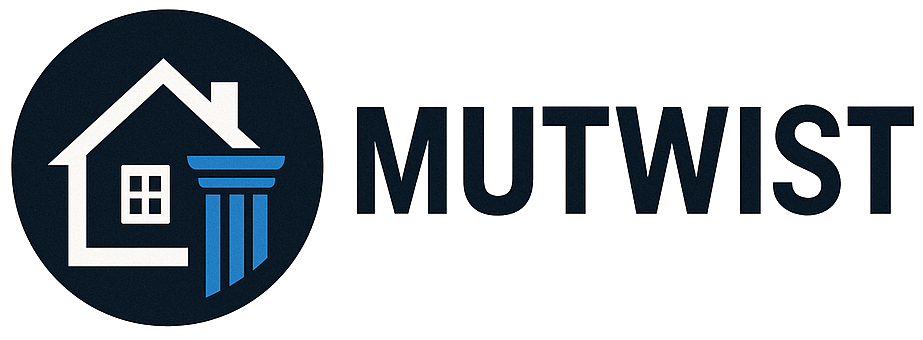Inflation erodes purchasing power—$100 today ≠ $100 in 10 years. Protect your money with:
1. TIPS (Treasury Inflation-Protected Securities)
- Adjust with inflation (safe but low returns).
2. Stocks (Dividend Growers)
- Companies like P&G, Coca-Cola raise dividends yearly.
3. Real Assets (Gold, Real Estate)
- Tangible value holds up during inflation.
Worst Assets During Inflation:
❌ Cash (loses value fast)
❌ Long-term bonds (fixed returns lose real value).
Inflation is one of the most significant economic forces affecting personal finances, yet many people underestimate its long-term impact. It quietly erodes the purchasing power of your money, meaning the savings and investments you carefully build today may buy less tomorrow. Understanding how inflation influences your financial portfolio—and knowing strategies to hedge against it—is essential to preserving and growing your wealth over time.
What Is Inflation?
Inflation refers to the general increase in prices of goods and services over time. When inflation rises, each unit of currency buys fewer goods and services, effectively reducing the purchasing power of money.
For example, if inflation is 3% annually, something that costs $100 today will cost approximately $103 next year. If your savings or investments do not grow at or above the inflation rate, your real wealth diminishes.
How Inflation Impacts Your Savings
- Erosion of Purchasing Power
The most direct effect of inflation on savings is the decrease in purchasing power. If you keep money in a savings account earning interest below the inflation rate, your money’s real value shrinks. - Low-Interest Rates vs. Inflation
In a low-interest environment, savings accounts often offer returns well below inflation, meaning your savings could lose value over time despite nominal interest earnings. - Fixed-Income Challenges
Savings in fixed-income instruments like bonds or certificates of deposit (CDs) with fixed returns can also suffer. Inflation reduces the real return on these investments, particularly if inflation rises unexpectedly.
How Inflation Affects Investments
- Stocks
Stocks historically provide returns above inflation, making them a common hedge against rising prices. However, inflation can increase business costs and interest rates, sometimes leading to market volatility. - Bonds
Rising inflation typically leads to higher interest rates, which can decrease the value of existing bonds with lower rates. Inflation-linked bonds (such as TIPS in the US) are designed to adjust for inflation. - Real Estate
Real estate often keeps pace with or exceeds inflation because property values and rents tend to rise over time, providing a natural hedge. - Cash and Cash Equivalents
Holding large amounts of cash during inflationary periods can be detrimental as its purchasing power declines rapidly.
Why You Need to Hedge Against Inflation
Failing to account for inflation can mean losing wealth over the long term. To protect your financial future, it’s crucial to have strategies that preserve purchasing power and potentially generate real returns (returns after inflation).
Strategies to Hedge Against Inflation
- Invest in Inflation-Protected Securities
Treasury Inflation-Protected Securities (TIPS): These government bonds adjust principal based on inflation.
Inflation-Linked Bonds: Offered in various countries, these bonds help protect fixed-income investments.
- Diversify Into Equities
Stocks generally outperform inflation over the long term. Investing in companies with pricing power—those that can pass rising costs to consumers—can help maintain real returns. - Consider Real Assets
Real Estate: Rental properties and real estate investment trusts (REITs) can provide income streams that rise with inflation.
Commodities: Physical assets like gold, oil, or agricultural products often increase in value during inflationary periods.
- Look at Alternative Investments
Certain alternative assets, such as infrastructure or collectibles, may serve as inflation hedges, though they come with higher risks and less liquidity. - Maintain a Balanced Portfolio
Balancing growth and income investments, while regularly reviewing and adjusting your portfolio, can mitigate inflation risk while managing volatility. - Increase Savings Rate
If inflation is high, saving more money and seeking higher-yielding investments can help offset the erosion of purchasing power.
Practical Tips for Inflation-Proofing Your Finances
Monitor Inflation Trends: Stay informed about inflation rates and economic indicators.
Review Your Budget: Adjust for rising costs, and prioritize investments that combat inflation.
Consult Financial Advisors: Professionals can tailor strategies based on your risk tolerance and goals.
Avoid Hoarding Cash: Keep only necessary liquid reserves; invest excess funds wisely.
Conclusion
Inflation is an inevitable part of the economic cycle, but it doesn’t have to undermine your financial security. By understanding its impact on savings and investments—and actively employing hedging strategies—you can protect your wealth and continue to grow your purchasing power over time.
Preparing for inflation today means financial resilience tomorrow, helping you achieve your long-term financial goals with confidence.




